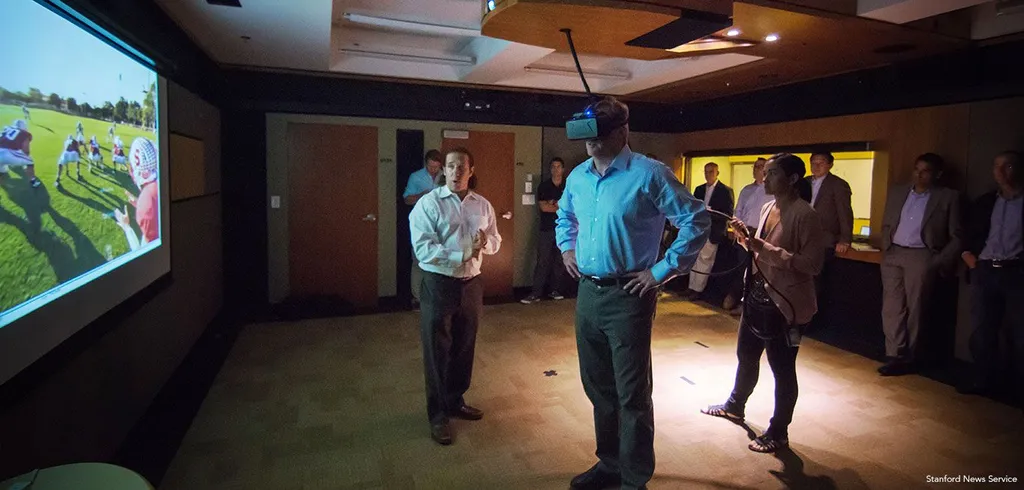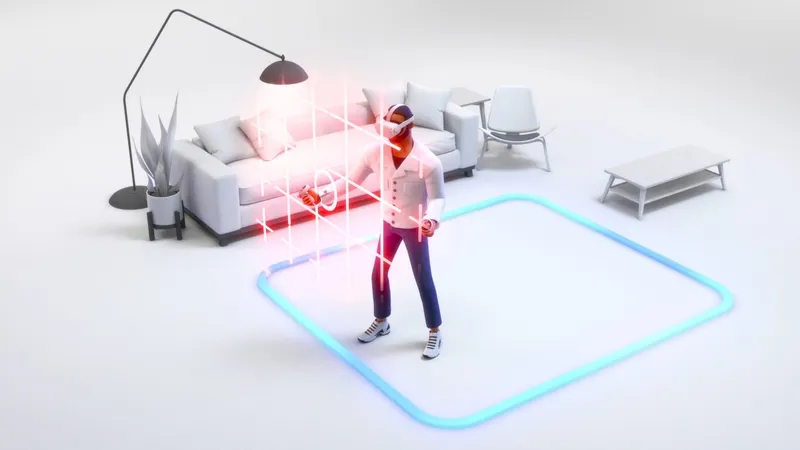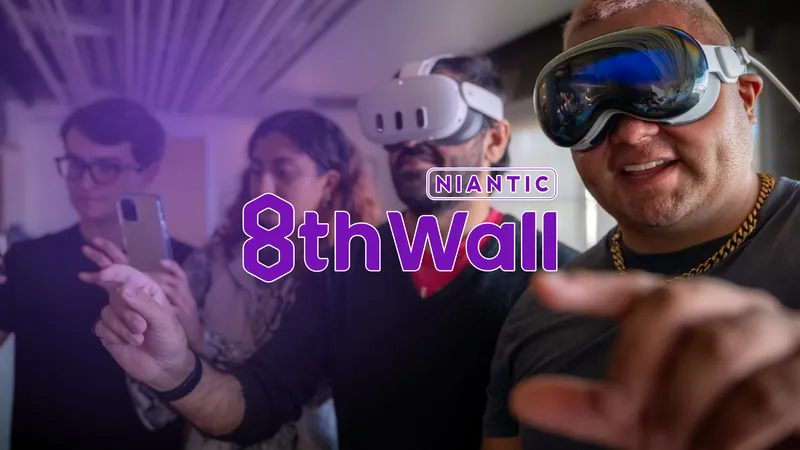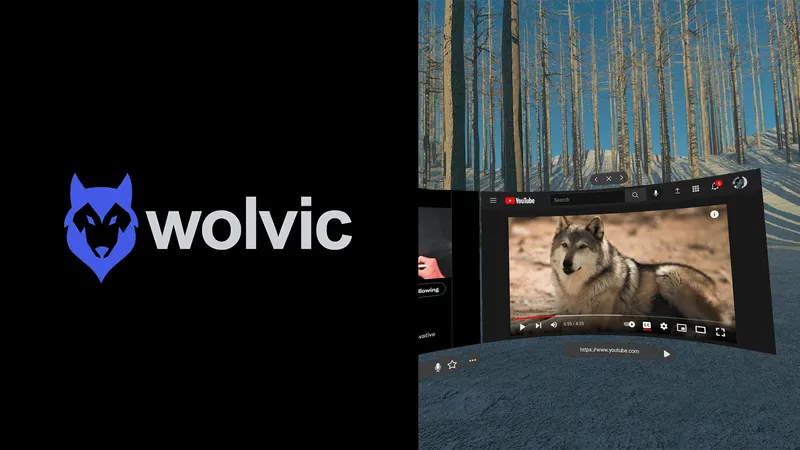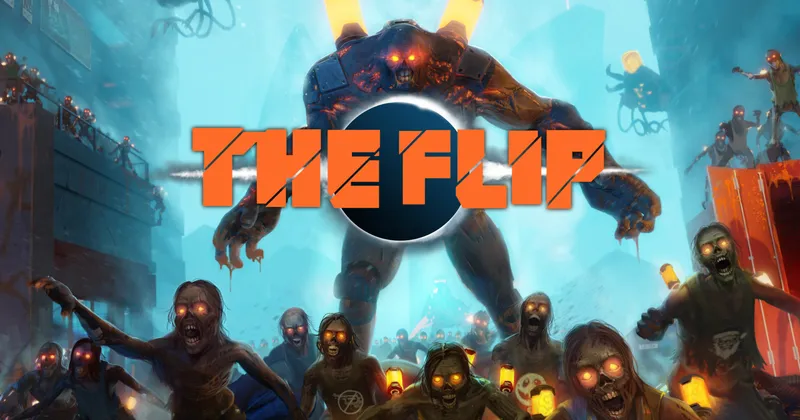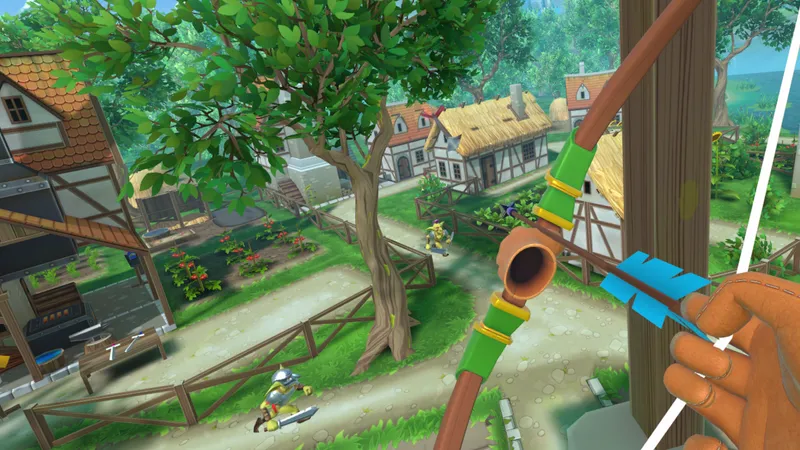After seeing a duct-taped prototype of the Oculus Rift for the first time in 2012, one of my first calls was to Jeremy Bailenson at Stanford. I was looking to cut through the hype, and Bailenson offered a level-headed assessment of VR’s status that helped guide my reporting.
“It’s already here,” he told me at the time. “We just don’t call it virtual reality.”
As I got more interested in VR I read Infinite Reality, which Bailenson co-wrote with Jim Blascovich and published in 2011. The book offered an overview of the possibilities of VR and explained studies into how humans behave in virtual environments. Bailenson’s newest book, Experience on Demand, builds on that earlier work while focusing more clearly — even bluntly — on what we do and don’t know about how VR affects humans.
Bailenson said in a recent phone call he’s heard from critics who say he didn’t focus on the potential negative uses of VR enough in the book. But, he said, “the point of me writing this book is to teach people to avoid the negative side.” In my reading of Experience on Demand, I didn’t see him as glossing over these issues so much as raising important questions and moving on to focus on things he hopes can help people make sense of VR as it stands now.
“The best way to use it responsibly is to be educated about what it is capable of, and to know how to use it — as a developer or a user — responsibly,” Bailenson wrote in the book.
Among the questions raised:
- “How educationally effective are field trips in VR? What are the design principles that should guide these types of experiences?”
- How many individuals are not meeting their potential because they lack the access to good instruction and learning tools?”
- “When we consider that the subjects were made uncomfortable by the idea of administering fake electric shocks, what can we expect people will feel when they are engaging all sorts of fantasy violence and mayhem in virtual reality?”
- “What is the effect of replacing social contact with virtual social contact over long periods of time?”
- “How do we walk the line and leverage what is amazing about VR, without falling prey to the bad parts?”
The majority of the book’s 10 chapters are devoted to focusing on what VR can do to help society. Examples include changing a person’s worldview for the better, becoming better at your job or a sport through lots of practice in a simulation, the fun of visiting a virtual world rich with things to discover, or changing the perception of pain by distracting someone:
The power of presence–the mental transportation into a virtual world–has a useful side effect: absence. Being present in a virtual world takes one’s attention away from his own body.
That said, Chapter 2 “You Are What You Eat” contains some nuggets for people to ponder about the risk of VR, including learning bad behavior from others and escaping the real world for too long.
“When considering the demonstrated emotional and behavioral effects VR has on users, exposure to violent media should be a concern,” Bailenson wrote in the book. “VR can effectively teach the skills required to succeed at violence…None of this should come as a shock. These effects are why the military has flight simulators and uses VR to train soldiers for combat. It works.”
The book should be highly accessible to non-technical readers, concisely and clearly explaining how VR works while covering subjects like eyestrain:
Most academics and thought leaders in VR believe this problem will prevent long-term use of headsets
And frame rates:
It’s always the right strategy to reduce visual detail to ensure the highest frame rate
The role of tracking:
For every unit increase on the technology side of tracking there was a bigger increase in psychological presence compared to the other technological improvements
Those involved in the VR industry might find one of the most interesting parts to be how Bailenson crystallizes the gap between VR’s current state-of-the-art as a consumer product in the late 2010s and how much it has yet to achieve.
I’m with Jaron Lanier, who likes to describe the most amazing moment in VR as the moment when you take the HMD off and are flooded with the full gamut of subtle sensory inputs that VR can’t capture — fine gradations of light, smells, the sensation of air moving on your skin, the weight and torque of the headset in your hand — these are all sensations that are incredibly difficult, if not impossible, to effectively simulate in a virtual world. In a strange way, VR helps you to appreciate the real world more. Yes, many people will be using VR porn, but it will never come close to the real thing.
Bailenson also wrote about how VR training can reduce risk and show people how to do something in less time, but in another section explains how VR field trips for kids haven’t been proven yet to be more effective than any other method of learning. In response to questions, Bailenson wrote in an email that for “learning a specific process or set of behaviors in context,” virtual reality “is a home run.” With traditional (or more abstracted) subjects like science and math, Bailenson wrote “there isn’t much data yet” to show VR offers any improvement, “in my opinion that is because we just need more and better curriculum design.”
“VR field trips are a massive undertaking to build right,” he wrote in the book. “The good news is that once they are built, they can be distributed on a massive scale.”
For me, the most interesting information Bailenson illuminates is outlining the intricate way people interact in the real world, constantly giving each other subtle social cues that are subconscious but incredibly important for effective communication and understanding. Bailenson goes so far as to say that when this can be reproduced is when VR will become a must-have technology, “when you can simply talk and interact with other people in a virtual space in a way that feels utterly, unspectacularly normal.”
Bottom Line
Those who closely follow the VR industry will find sections of Experience on Demand familiar and skimmable, but I would still recommend the book to practically anyone. Five years ago, Bailenson helped me understand what was about to occur with his clear and concise explanations of how VR worked. In 2018, with millions of VR headsets now in homes around the world, I still find Bailenson’s voice to be the most accessible way to get a solid understanding of this technology, what it could be good for and, yes, what we should be careful about.
I don’t know how many people who own VR headsets are like me, but I suspect many of you will be familiar with this behavior. Whenever I introduce someone new to VR, or to a new kind of VR experience, I can’t help but dump a ton of information in rapid succession. Subjects are covered ranging from how it all works to its potential for misuse. Headset owners delight at answering these questions as it begins to dawn on a first timer just how big the potential is for the technology. I think it is safe to say Bailenson has us all beat at experience answering these questions, so it makes sense that he could so capably illuminate the path ahead for VR.
Experience On Demand: What Virtal Reality Is, How It Works, And What It Can Do is available starting Jan. 30.

